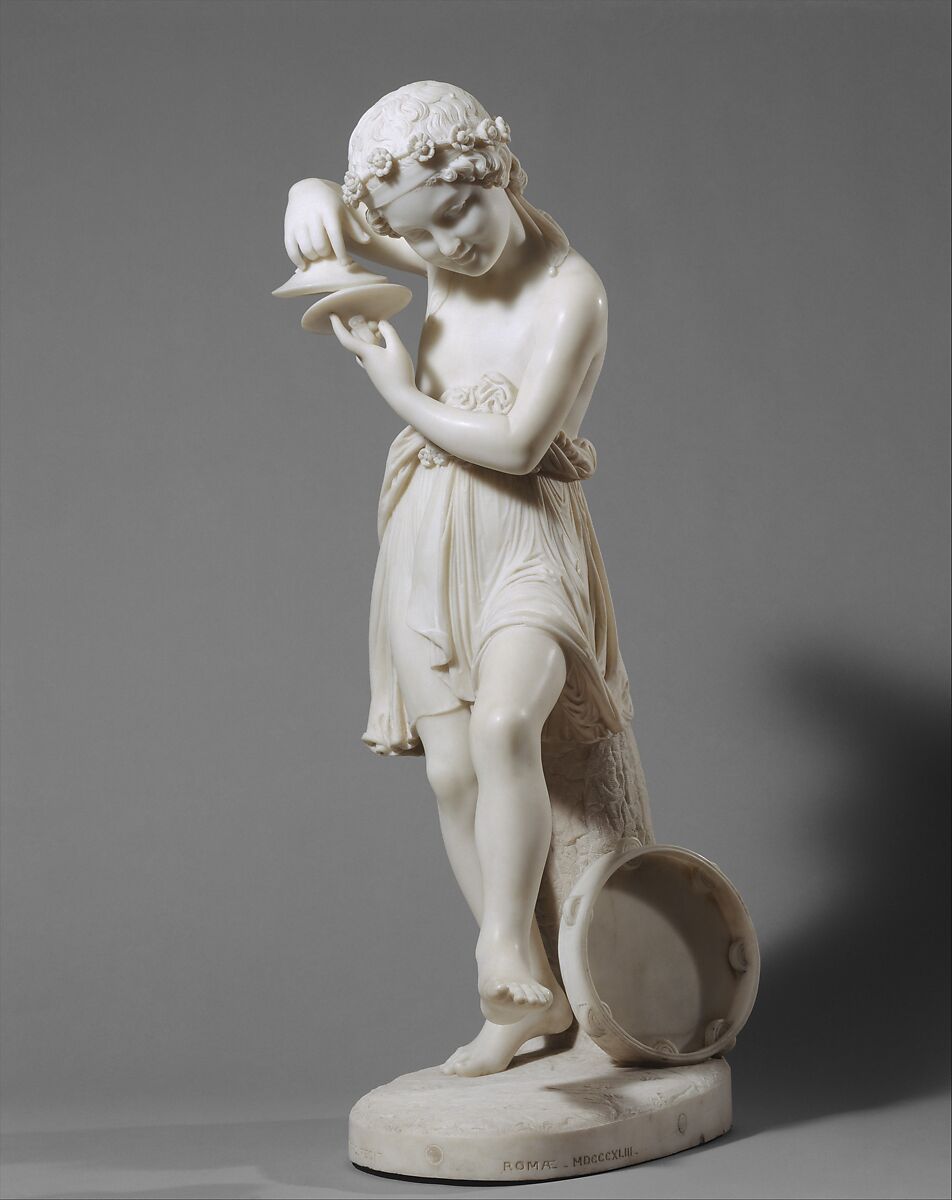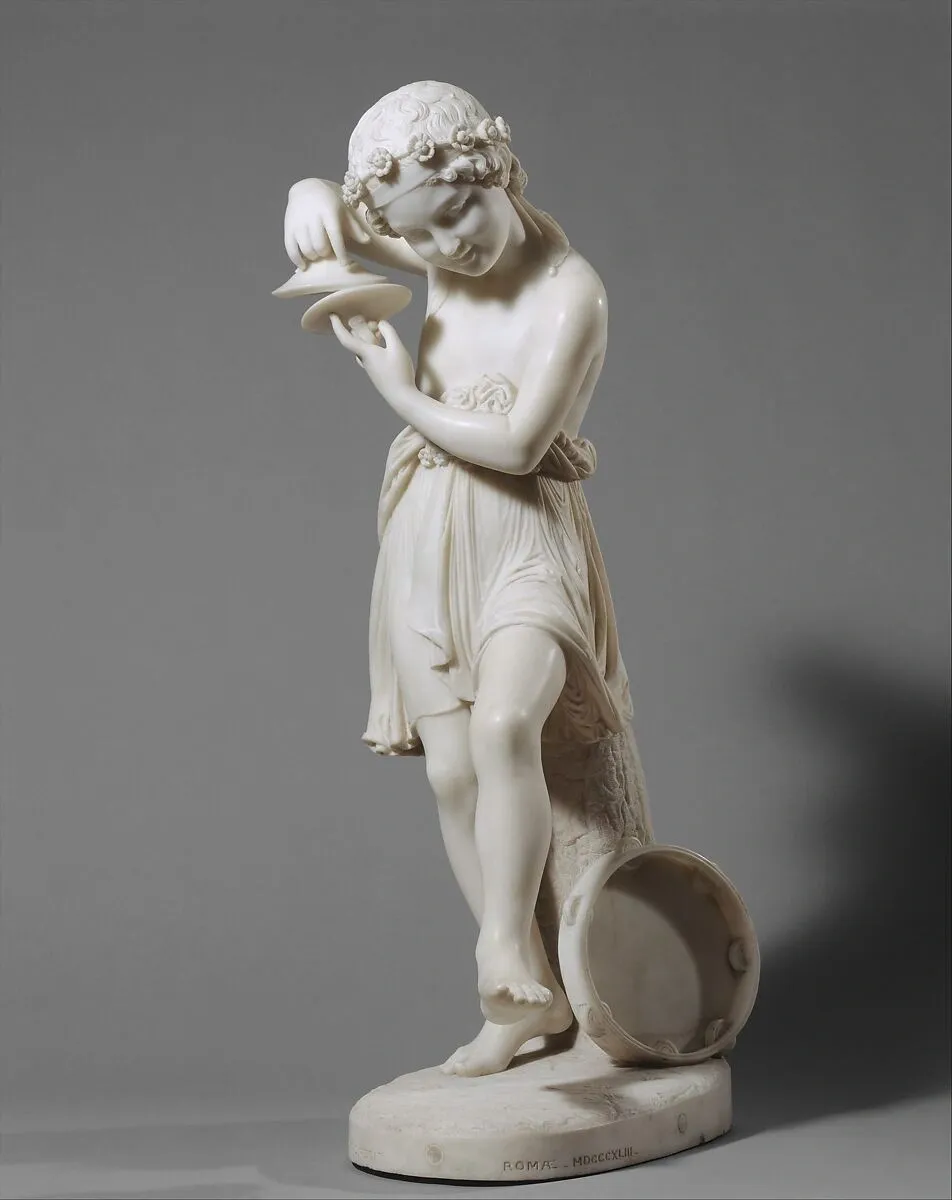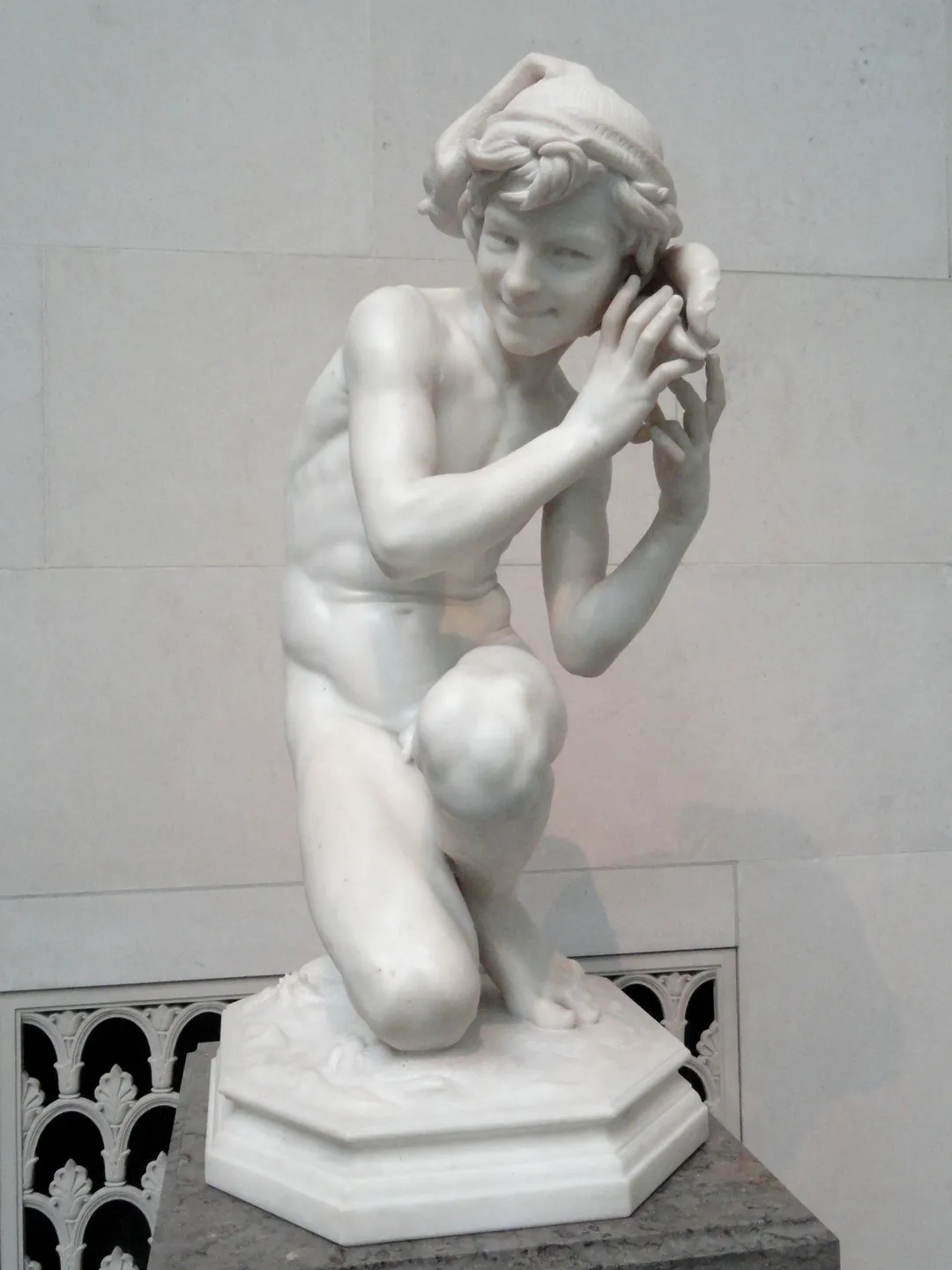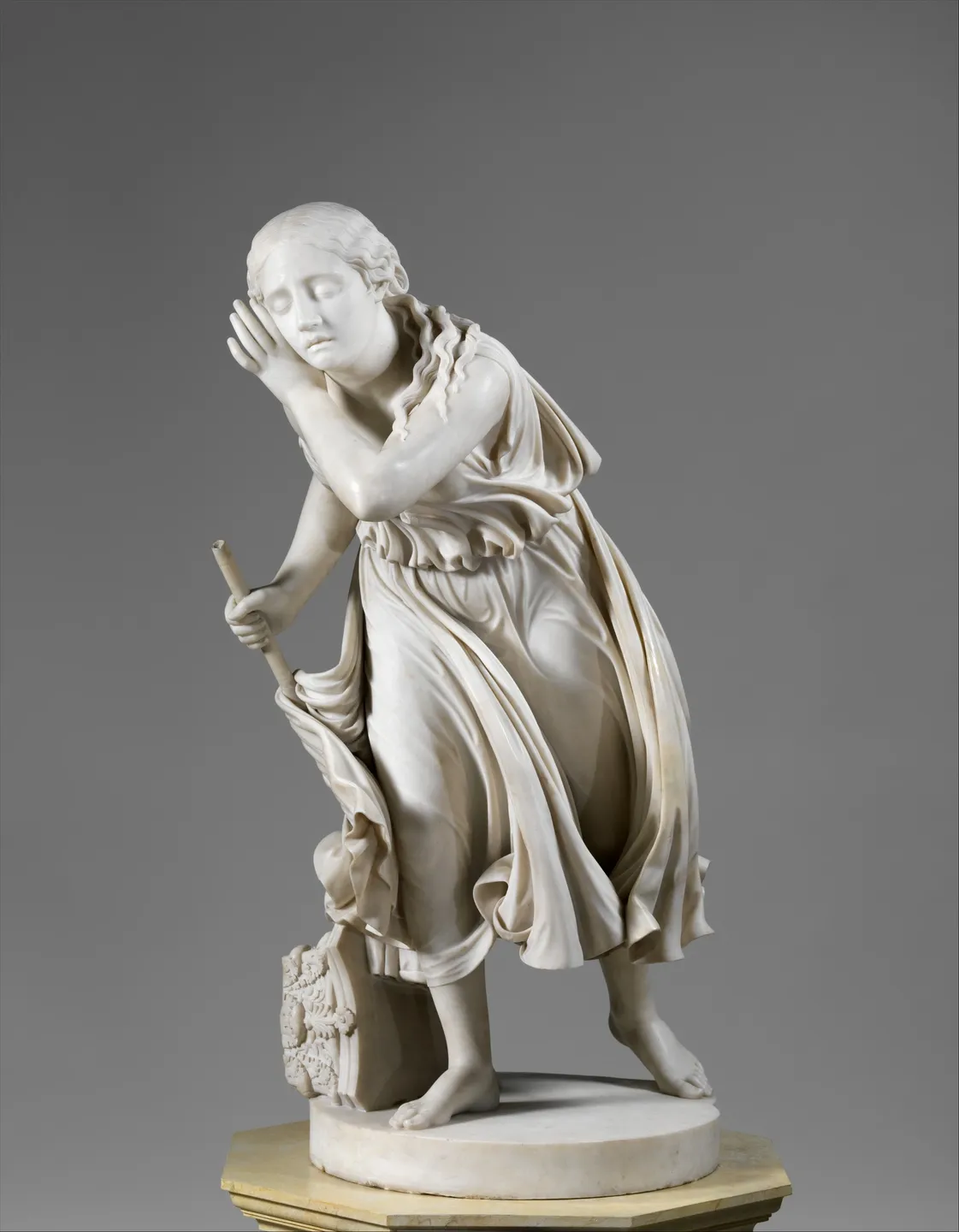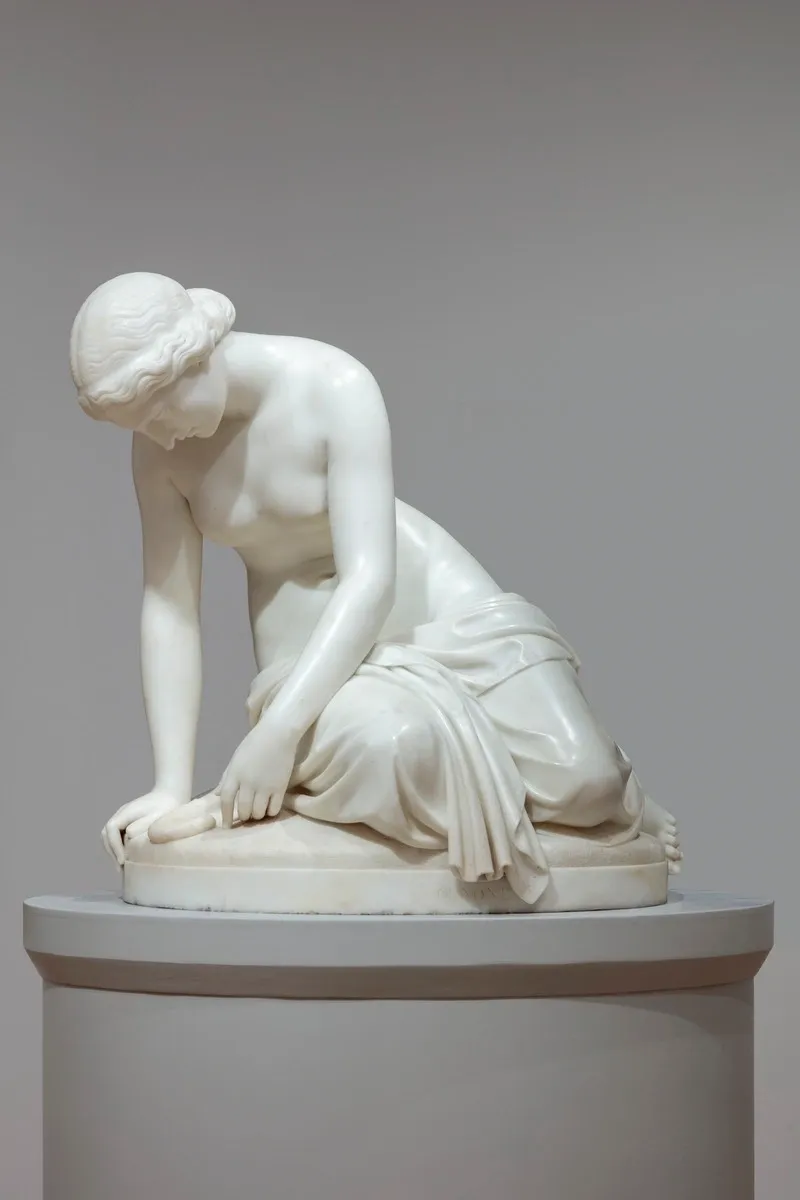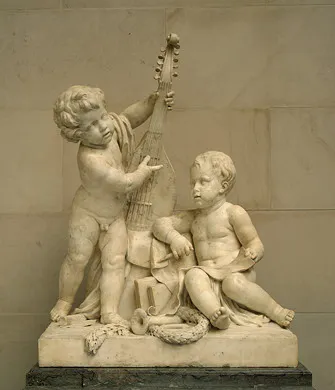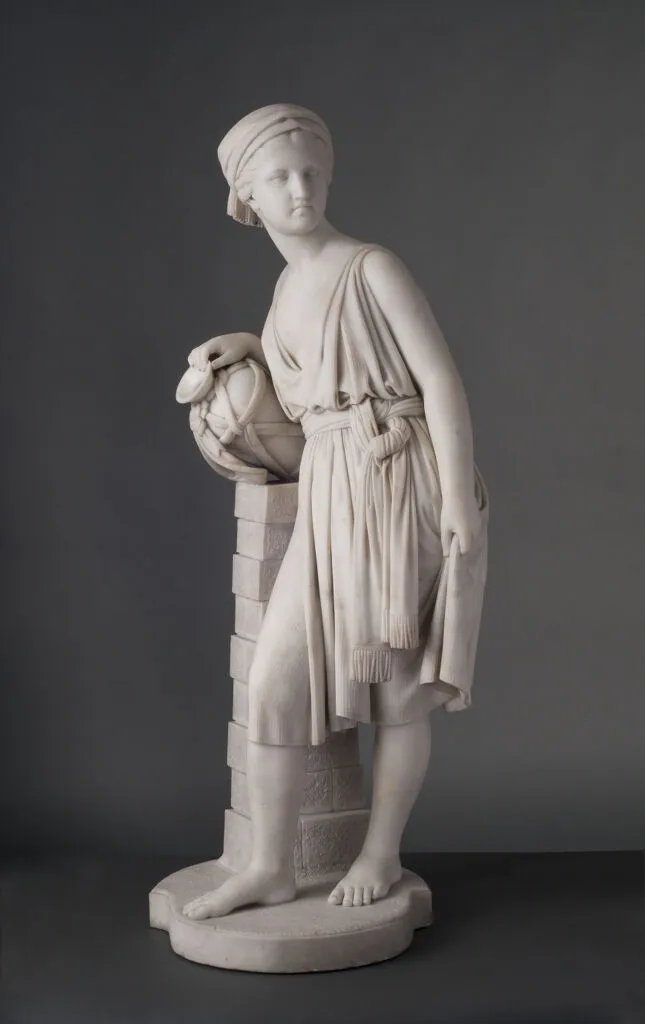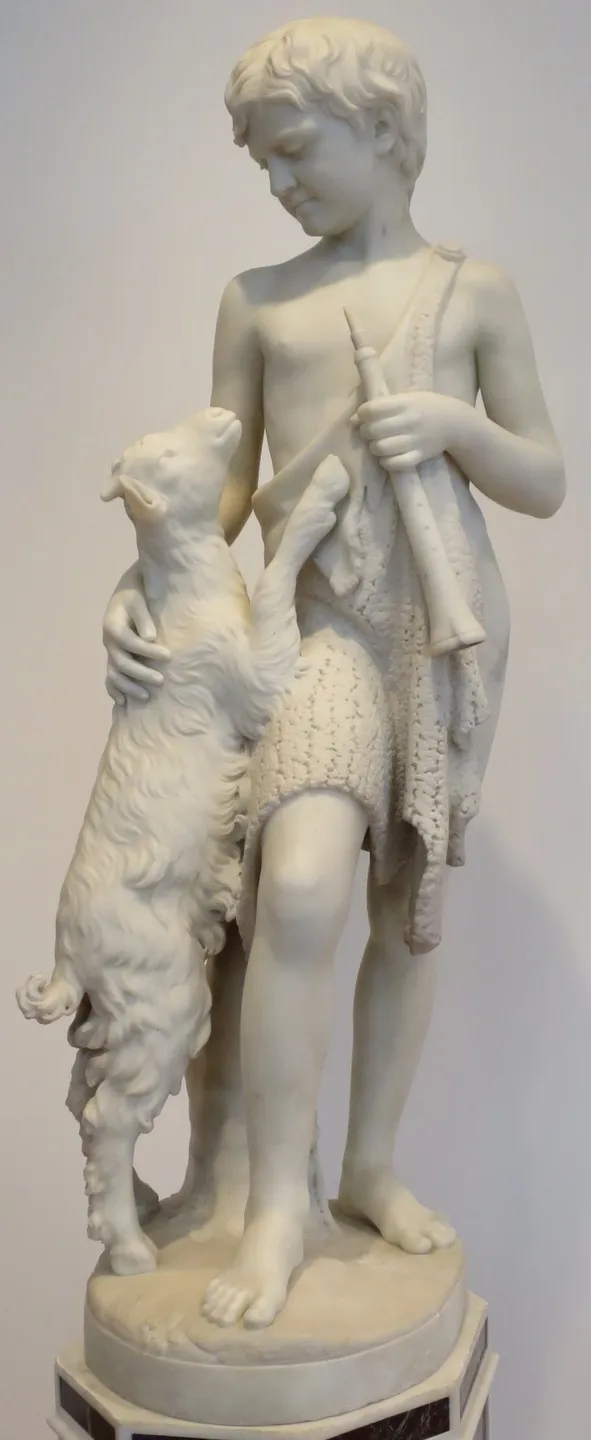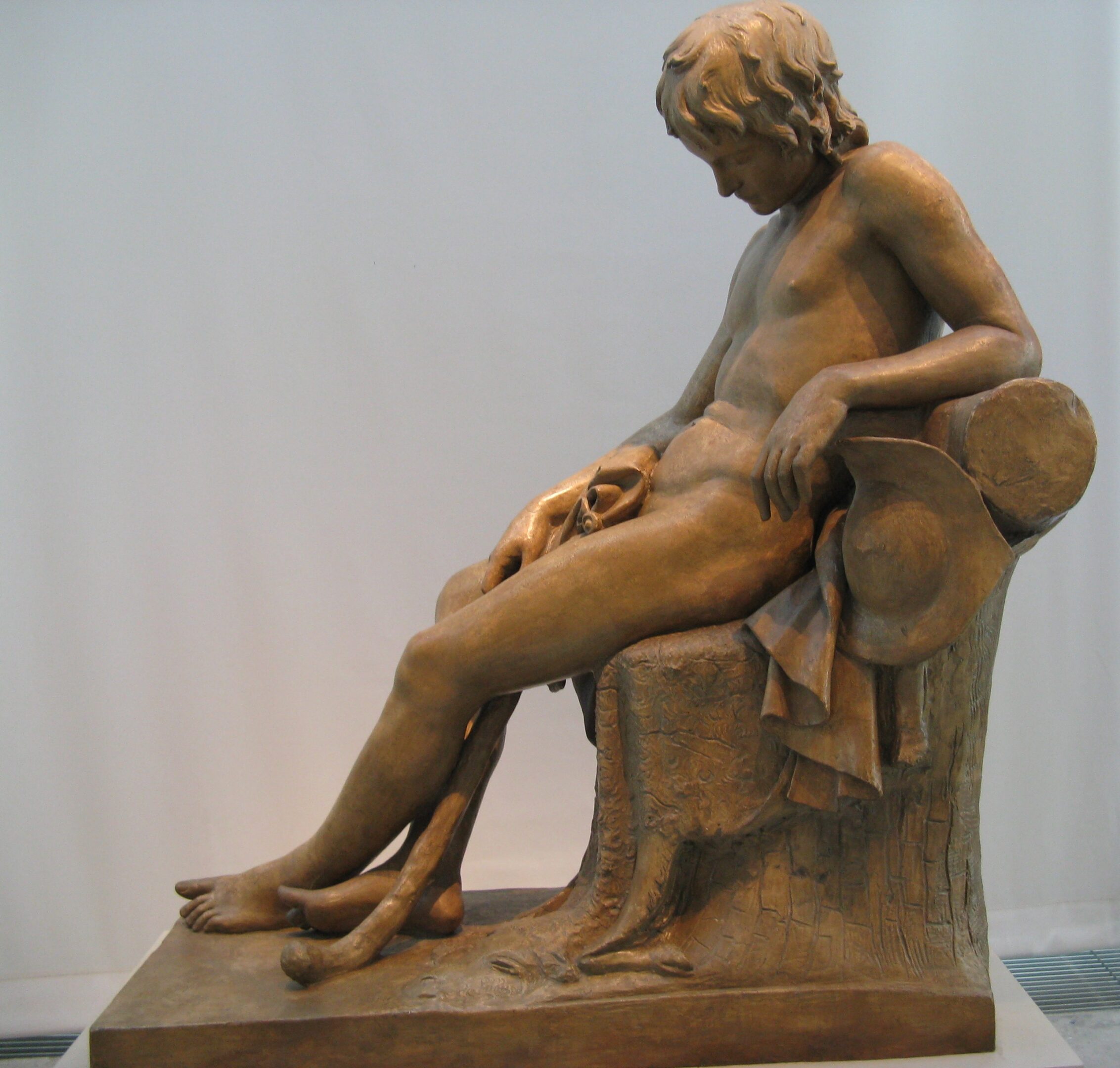Neo-classicism Sculptures 1750 - 1880
Neoclassical sculptures from 1750 to 1880 revived the forms and ideals of ancient Greece and Rome, emphasizing harmony, restraint, and moral virtue. Crafted in marble and often monumental in scale, these works featured idealized figures, balanced compositions, and themes drawn from classical mythology, history, and allegory.
Artists like Antonio Canova and Jean-Antoine Houdon led the movement, creating serene, dignified sculptures that reflected Enlightenment values such as reason, civic duty, and the pursuit of timeless beauty. With smooth surfaces, poised gestures, and a sense of quiet grandeur, Neoclassical sculpture served as both political statement and aesthetic homage to antiquity.
